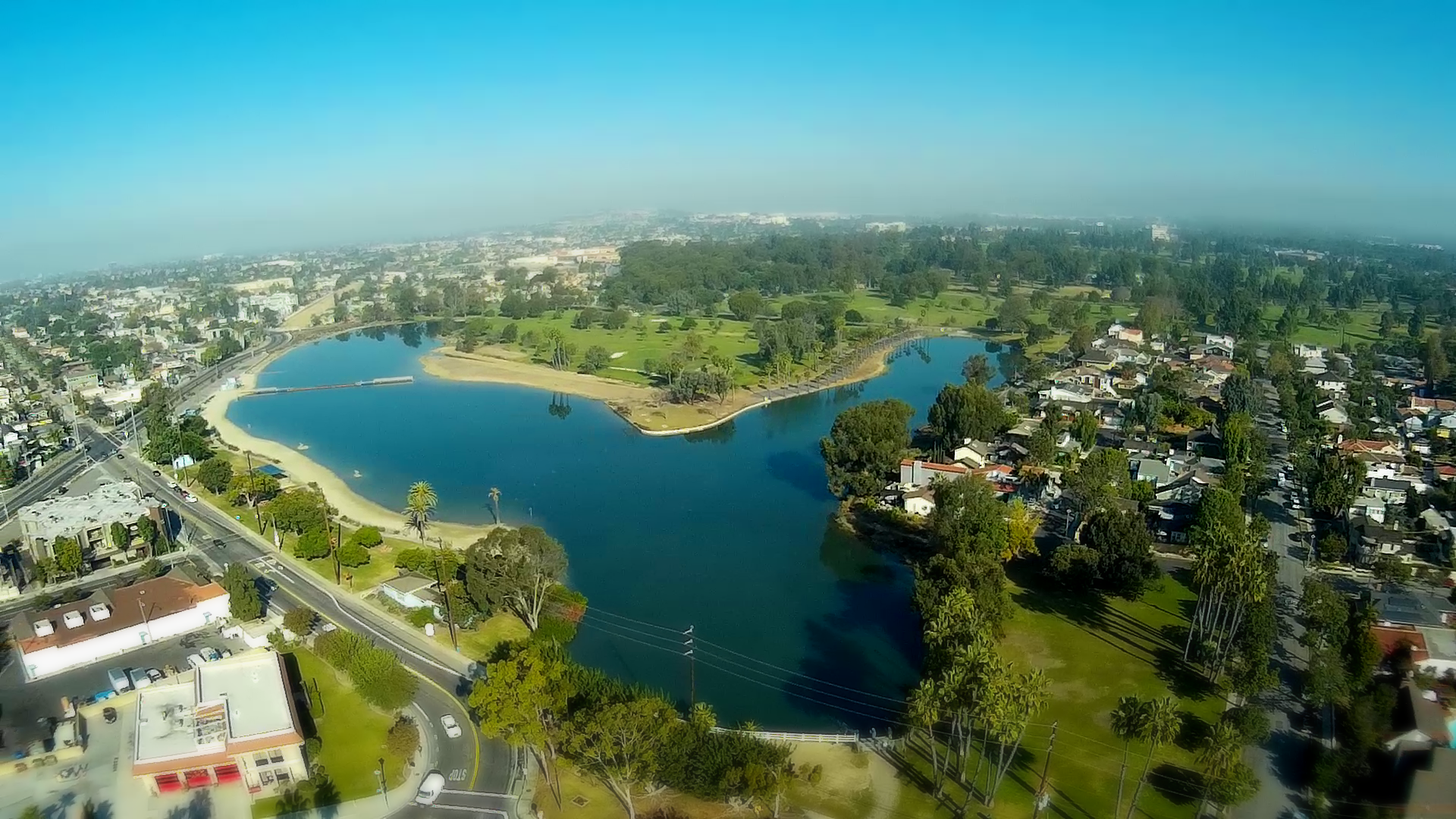UAV & Multirotor
Raffaello D’Andrea: The astounding athletic power of quadcopters
“In a robot lab at TEDGlobal, Raffaello D’Andrea demos his flying quadcopters: robots that think like athletes, solving physical problems with algorithms that help them learn. In a series of nifty demos, D’Andrea show drones that play catch, balance and make decisions together — and watch out for an I-want-this-now demo of Kinect-controlled quads.
TEDTalks is a daily video podcast of the best talks and performances from the TED Conference, where the world’s leading thinkers and doers give the talk of their lives in 18 minutes (or less). Look for talks on Technology, Entertainment and Design — plus science, business, global issues, the arts and much more.
Find closed captions and translated subtitles in many languages at http://www.ted.com/translateFollow TED news on Twitter: http://www.twitter.com/tednews
Like TED on Facebook: https://www.facebook.com/TEDSubscribe to TED Talks channel: https://www.youtube.com/user/TEDtalksDirector“
Autonomous Aerial Navigation in Confined Indoor Environments
Incredible use of multirotor technology developed by the University of Pennsylvania.
“This video presents experimental results of autonomous navigation in confined indoor environments using an aerial robot.
The robot is equipped with an IMU, camera, and laser scanner with deflective mirrors. All computations are performed onboard using a 1.6GHz atom processor. The robot is able to navigate autonomously in indoor or outdoor, GPS-denied environments.
A SLAM module with vision based loop closure allows the robot to map large-scale, multi-floor environments.
A sparse 3D map is generated on the robot based on sensor data, enabling high-level planning and visualization.
An RRT* based planner provides an anytime planning solution that fits the computational constraints of the robot. This planner also enables online re-planning and obstacle avoidance.
An LQR optimal controller with external force compensation enables reliable autonomous flight in highly constrained environments, such as hallways, doors, and windows. The robot is able to track the high-level plans accurately.”
